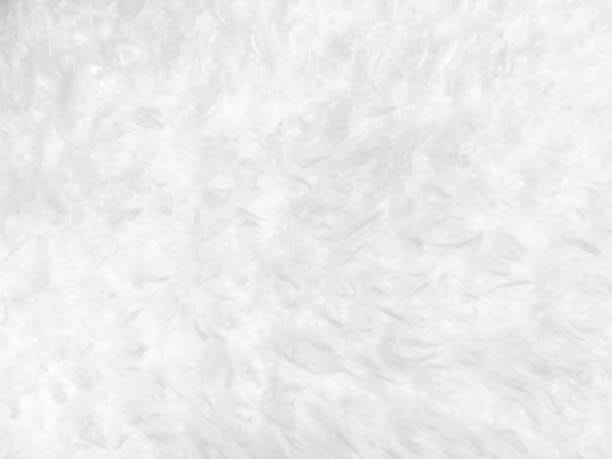Lycra fabric has other names such as spandex or other elastane fibers and has greatly transformed the textile industry with its unique characteristic of being stretchable and comfortable. Today this synthetic fiber is used in most of the clothing one is able to wear whether for sports or casual wear due to its flexibility and high endurance. In this article, it is aimed to turn the reader to be able to acquaint himself/herself with all aspects of Lycra fabric that has been adopted by the designers and consumers, by explaining the history, properties, uses and care instructions of the fabric.
History of Lycra Fabric material
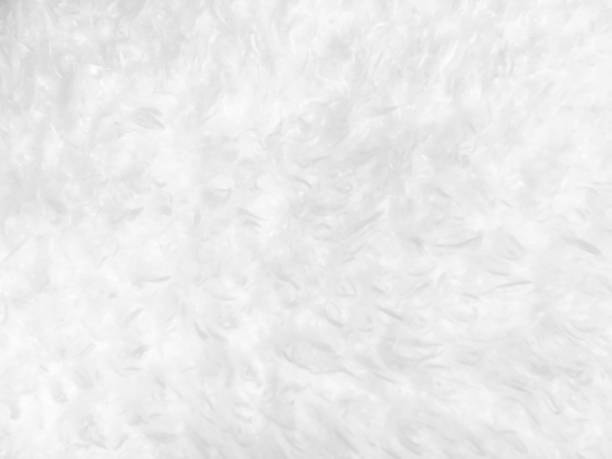
Lycra fabric is credited to chemist Joseph Shivers, who came up with the fabric in the year 1958 while still employed at the DuPont company. Originally conceived as a substitute for rubber for use in corsets, it soon became popular because of the superior stretch and return capabilities of the product. It was in the 1960s when nylon Lycra fabric started being incorporated into various clothing products; this led to the revolution of the fashion sector since its characteristic features include flexibility, as well as the capacity to mold itself to the shape of the human body.
What is Lycra fabric?
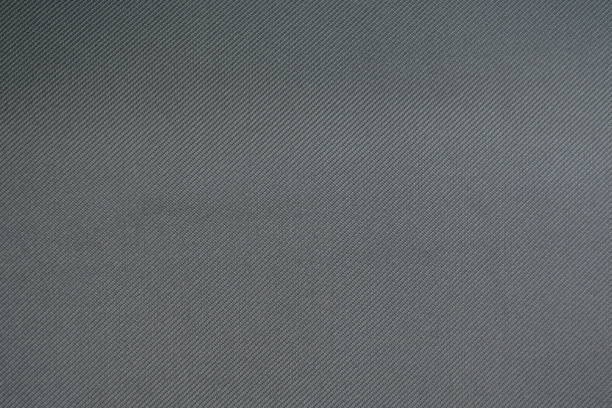
Lycra fabric refers to spandex fiber or elastane fabric which is a type of synthetic fabric most famous for its stretchability. Created by Joseph Shivers, a chemist of DuPont in 1958, Lycra has elasticity which allows it to be stretched to 500 percent of its size and still maintain its form. This property makes it perfect for wear-resistant clothing; sportswear, beach wear, undergarments, and the nightwear, hospital gowns and other sensitive apparels. Also, Lycra is a light and strong fabric that resistant to moisture, so it is useful in sportswear. Thus the textile industry has benefited from its use due to the need to improve the fit and flexibility of garments.
Evolution and Technological Advancements
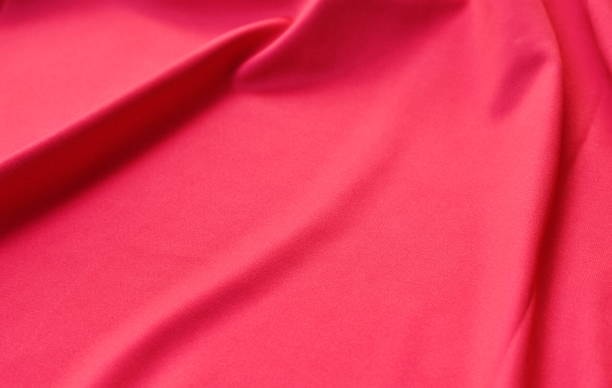
In the past few decades there has been development in the technologies that have enhanced the fabrics in Lycra family. New advancements in spinning method, use of mixed fibers, and dyeing technologies have increased its versatility and you can now see it as a standard component in current day fashion and athletic wear. Nowadays spread to cover apparel segments from active wear, beach wear, trendy fashion wear to intimate apparel and medical apparels; highlighting the versatility and recurrent preference for the Lycra brand.
Properties of Lycra Fabrics
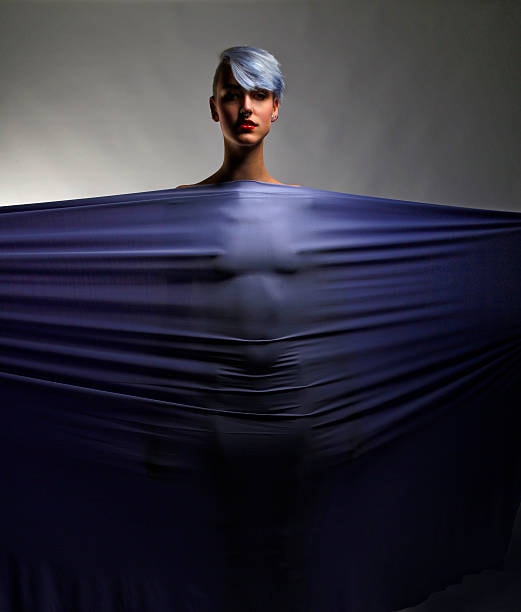
Properties of Lycra Fabrics such as:
Stretch and Elasticity
It should be noted that Lycra is characterized by great stretchability and elasticity. It can expand up to five times the length of the packed state and it fits the wearer very tightly yet without being constricting. This property is makes Lycra very suitable in producing clothing items unlike fabrics that fascist the contours of a body thus permitting free movement and achieving a higher level of performance.
Durability and Resilience
Lycra fabric used in this dress is also ultra-stretchable, very durable and has a very high tensile strength. It is stretchable so that it can be stretched numerous times and still, it will not degrade or easily become brittle. This makes Lycra ideal for garnets that will often be worn and washed because once it is installed it lasts long.
Moisture Wicking and Breathability
Thus, one can also mention high moisture management and breathability as one more advantage of Lycra fabric. Indeed, it efficiently distracts the perspiration from the skin, making the user comfortable during sporting activities. This feature is especially useful in products such as activewear, athletic wear, and sporty clothing in particular as it adds to the comfort as well as performance of the garment.
Lightweight and Softness
However, Lycra is very versatile; it is strong yet comfortable clothing can be produced in a very lightweight manner, and has a velvet feel to the fabric. It has drape and comfortable feel on the skin thus it can be used in many clothing products sheer underwear. Its relatively light weight also plays a role in it’s use in travel and leisure wear because of the comfort the wear offers.
Applications of Lycra Fabric
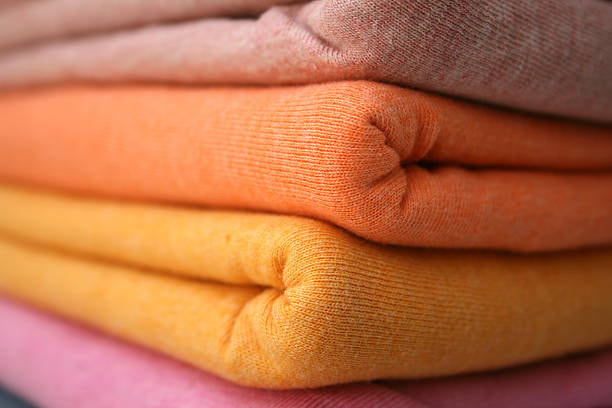
Applications of Lycra Fabric guide such as:
Activewear and Sportswear
Moreover, Lycra fabric is widely being utilized in the production of active wear and sports wear. It is less likely to shrink, it absorbs moisture, and therefore lycra yarn perfect for garments aimed at sporting-related activities. Whether it is Yoga pants, leggings, compression short or sports bras, the Lycra offers proper fit and support giving the athlete the best chance same material.
Swimwear
Lycra is also used in swimwear since it is durable for chlorine and salt water use. It molds well to the shape of the body when worn and ensures that it does not move around when swimming or participating in any other water-related activities dominant manufacturing power. They do not lose their shape or elasticity and can be used in swimwear as a result of development of Lycra types.
Lingerie and Undergarments
But in lingerie and undergarments the great characteristic that is given by Lycra is stretching ability together with supporting and comfortable qualities. They enable one to come up with those clothes that fit the figure and give it a better form as well as offering the required support. Due to the fact that Lycra provides a smooth fitting product, bras, panties, shapewear, and hosiery tend to contain it.
Everyday Apparel
In addition to specialized clothing, Lycra has saturated the regular wear clothes. Jeans, dresses, skirts and tops include Lycra for enhanced fit and comfort More than half of jeans, dresses, skirts and tops include a proportion of Lycra. This integration of Lycra provides flexibility and a better fit to the body because the clothing need to be fashionable and functional in the current society.
Medical and Healthcare Garments for Lycra Fabrics
Lycra also has medical application by used in compression garments, support stocking, and orthopedic braces. These applications are well suited to Lycra fabrication due to the material’s properties of ongoing pressure and support as well as comfort. In rehabilitation and recovery, Lycra garments help in the promotion of blood flow as well as reduction of oedema.
Dancewear and Performance Costumes
Thus, Lycra fabric is widely used in the costumes and wear of dances and performance outfits. It versatility allows for the incorporation of ballet, contemporary dance, gymnastics, and more in the routine. In fitting the performers, wearing Lycra costumes enables a free style of dancing that in turn helps the dancers enjoy their performance besides improving their manner of dancing.
Care Tips for Lycra Fabric
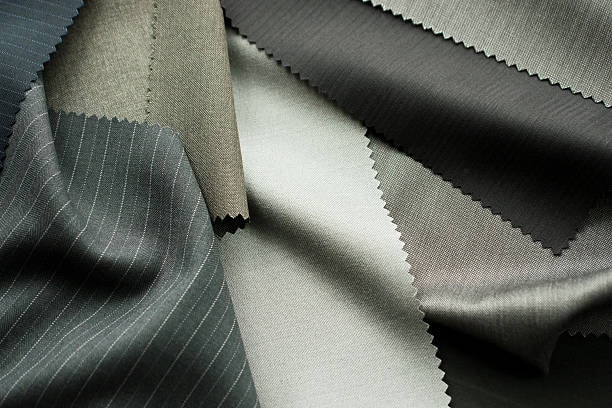
Care Tips for Lycra Fabrics such as:
Washing and Drying
Therefore to ensure the lifespan and integrity of synthetic elastic fibers of the Lycra garments, it is appropriate to wash and take care of the fabric in the right ways. There are normally different instructions that are given at the care label; however, in most cases, it is advisable to wash items made of Lycra in cold water using a mild soap. For the same reason it is advised not to use bleach or fabric softeners as they can degrade the fibers and its flexibility. While washing, it is also advised to air dry or prefer a low heat on the dryer to avoid fading.
Avoiding Heat and Chemicals
Lycra is known to be extremely vulnerable to heat and any form of chemical treatment. It is also requested not to expose Lycra garments directly to sunlight for long intervals, because it negatively affects stretch properties of the fibers. Also do not iron the fabric particularly Lycra as this tightens the fabric and affects the elasticity of same. In case of ironing, it is advised to set the iron to a low heat and put a cloth between the fabric and iron foundation garments.
Storing Lycra Garments
It is important to store the used Lycra garments in the right way to avoid any compromise of their quality. They should be stacked in a clean area free from direct sun light and alternately high humidity. Lycra items should be hung to keep their shape; do not hang heavy garments that have a tendency to stretch out motion capture suits. Creases may result to stretching and deformation of some of the clothes, shoes and other fabrics that would have been packed in the bags; therefore, it is important to fold and store them properly.
Sustainability and Future Trends of Lycra fabrics
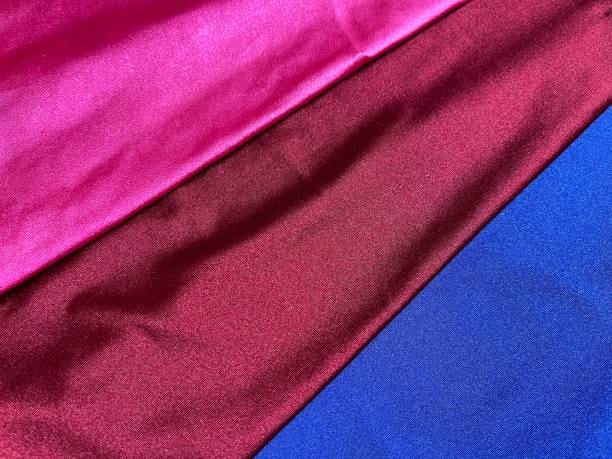
Sustainability and Future Trends of Lycra fabrics:
Eco-Friendly Innovations
We are witnessing the attempts for creating biodegradable types of the Lycra for the dress industry while the latter has already started moving to the use of the sustainable fabric. Improvement of Lycra fiber production and recycling technologies holdout the goal of decreasing the impact of Lycra manufacturing polyurethane fabric. Many brands textile manufacturers are already on a search for more sustainable solutions and more companies include recycled Lycra in the creation of their clothing lines towards a more circular fashion system solution wet spinning.
Technological Advancements
Nowadays, the technology applied to textile production improves the qualities and uses of clothing containing Lycra fabric. Scientists are trying to enhance its stretchability, durability and breathability and also the builder’s integration of smart textiles and wearable technology. Such innovations will continue to upscale the possibilities of cotton Lycra fabric, to become even more useful cloth in the future.
Fashion Trends
To the globally acclaimed fashion world, the charm and usage of Lycra has not diminished at all. Fashion designers are not ceasing to discover new ideas and trends with using Lycra in their clothing line, starting with activewear and street wear and ending with luxury apparel and luxury evening wear. Comfort and functionality are the directions of the modern world, and since Lycra possesses the qualities that conform to the above statements, the material will remain valuable and popular also in the future international spandex industry.
Conclusion
Lycra material has, without any doubt, revolutionized the textile sector to a large extent by providing solely stretchable and flexible fabrics. Lycra material, a little rubber substitute; has come a long way from being simply a fabric of choice for making clothes and stretching fits to being synonymous to style and flexibility in both; fashion and sportswear elastane fabrics. It can be shaped to fit any body type, is comfortable and offers considerable support; on the same note, it is long-wearing and elastic, and these are attributes that are loved by designers and clients.
Thus, the possibility for further developments in innovation and sustainability widely envelops Lycra’s future. As for the constant innovations and advancements, there is a room for new and great applications of Lycra fabric, which would strengthen lycra company its status as one of the essential materials of the contemporary world. Lycra fabric has lived to its bill as a stretch fabric designed for activities such as gumming, home use, and even dressing up.

